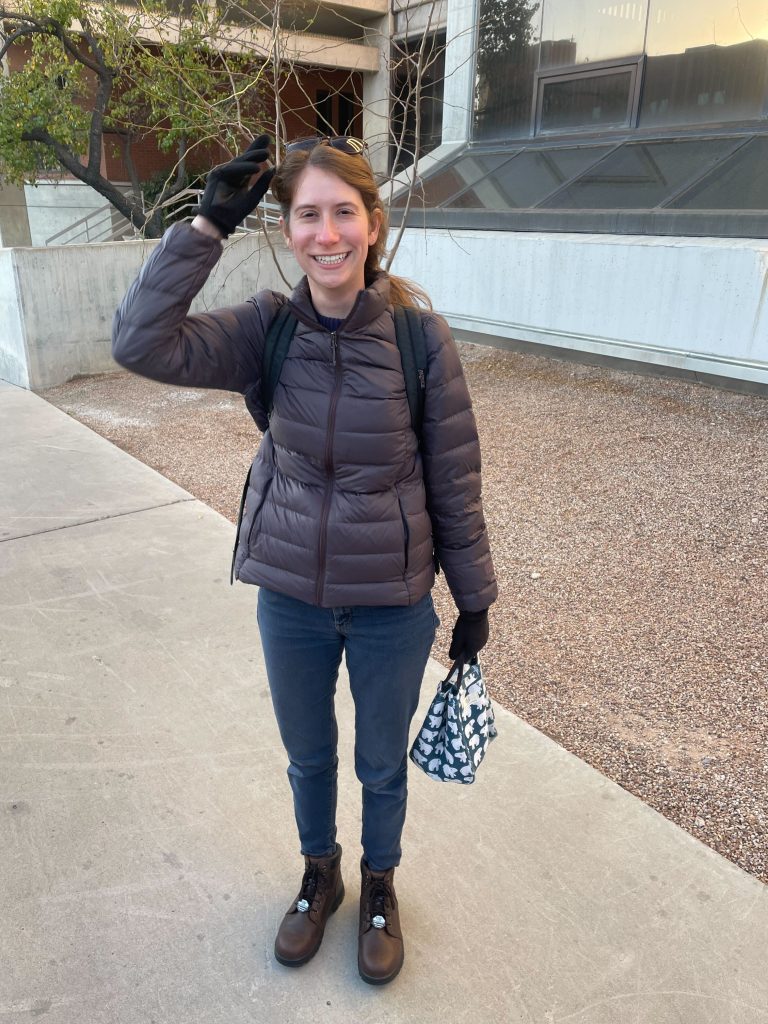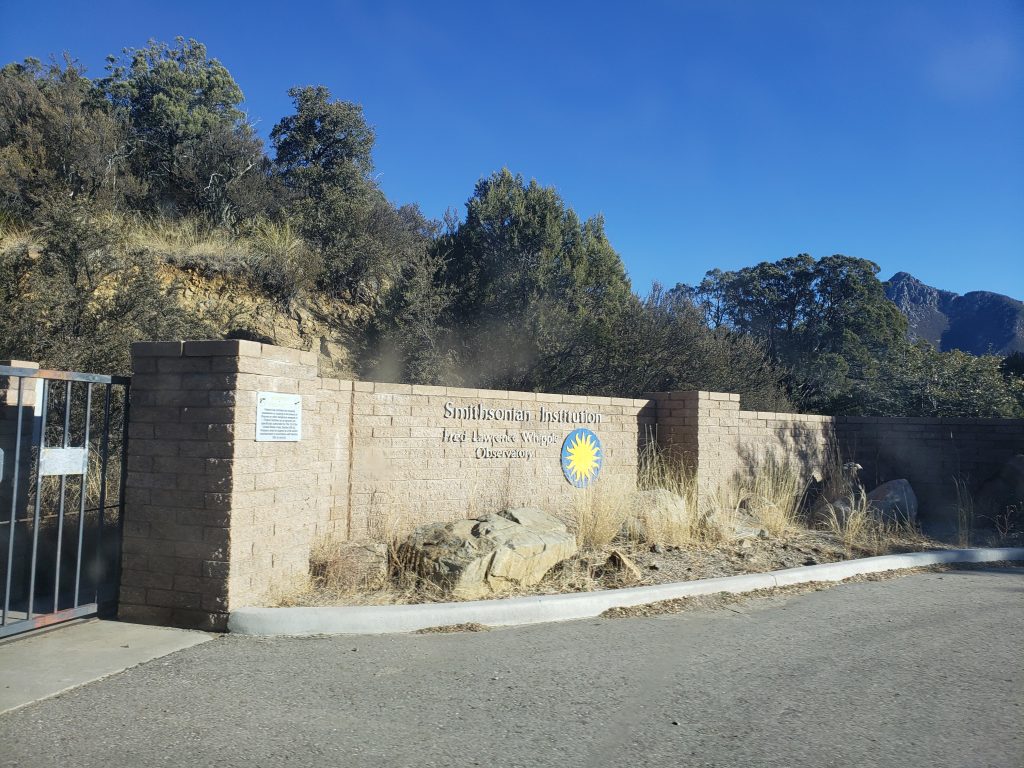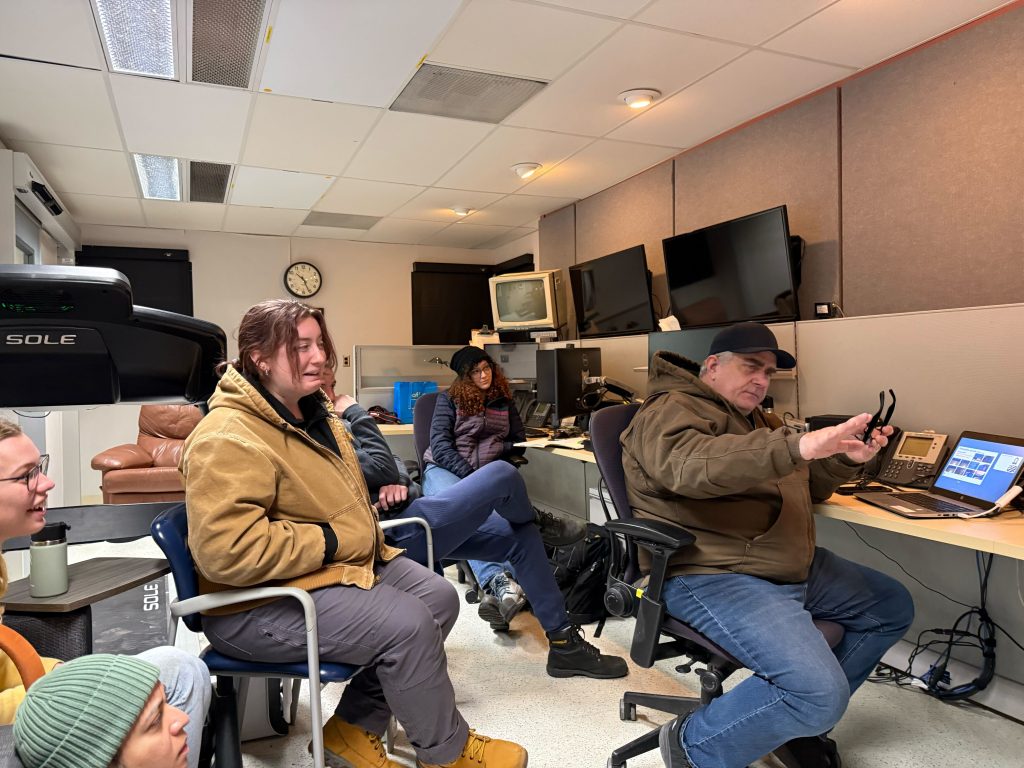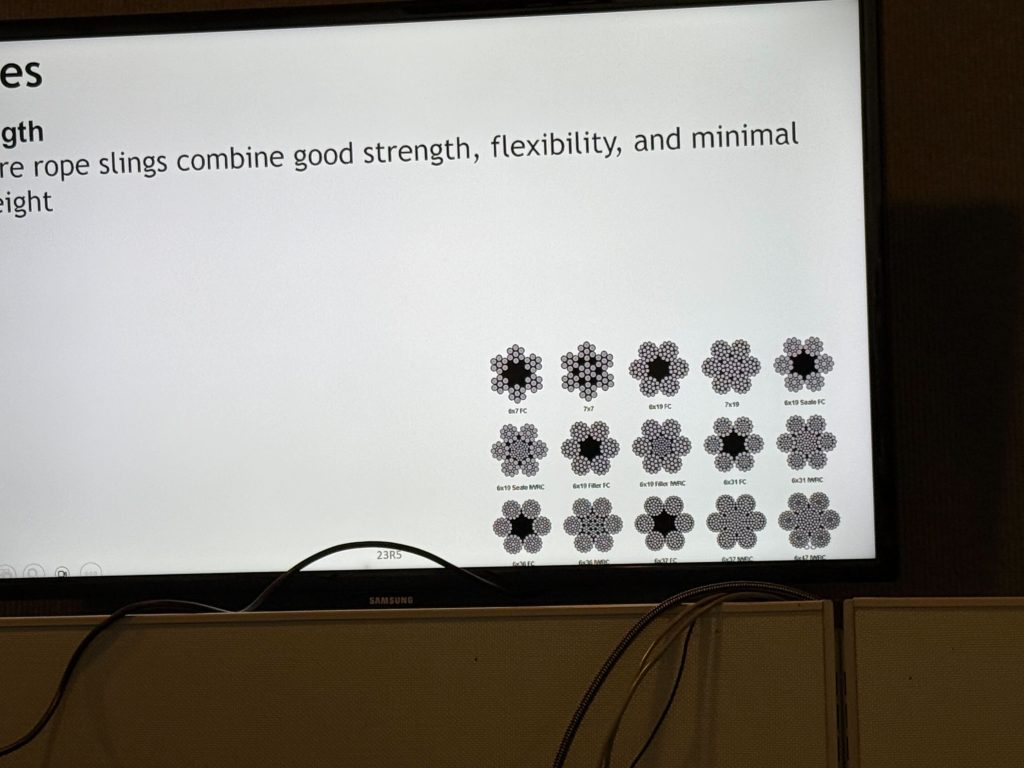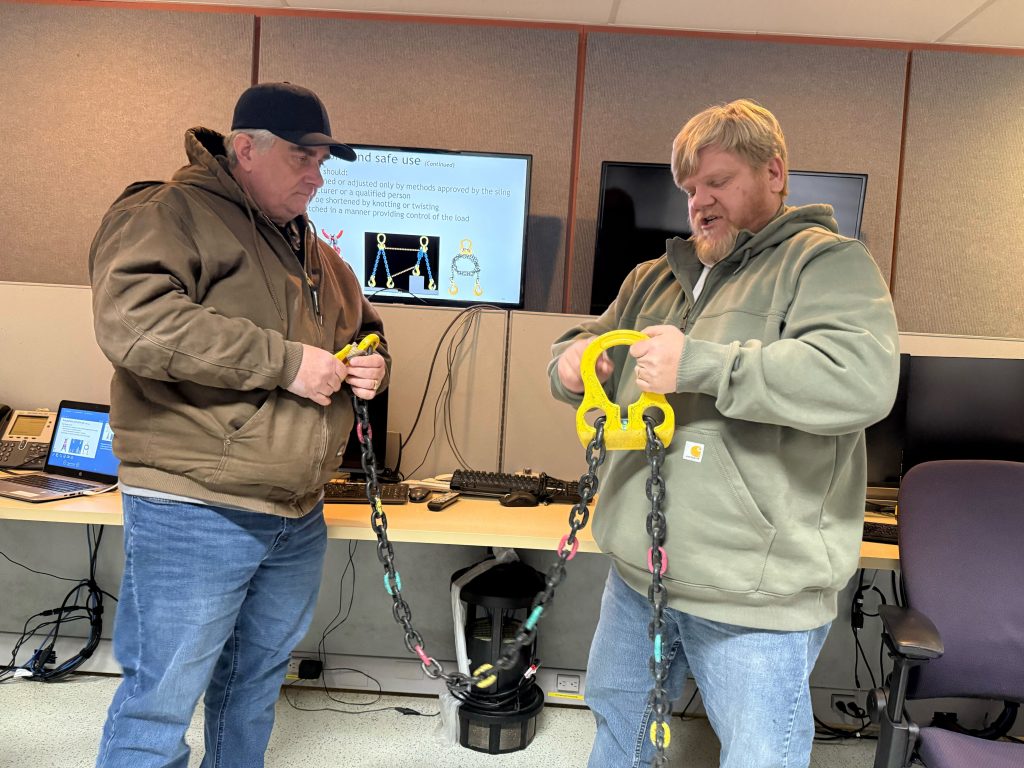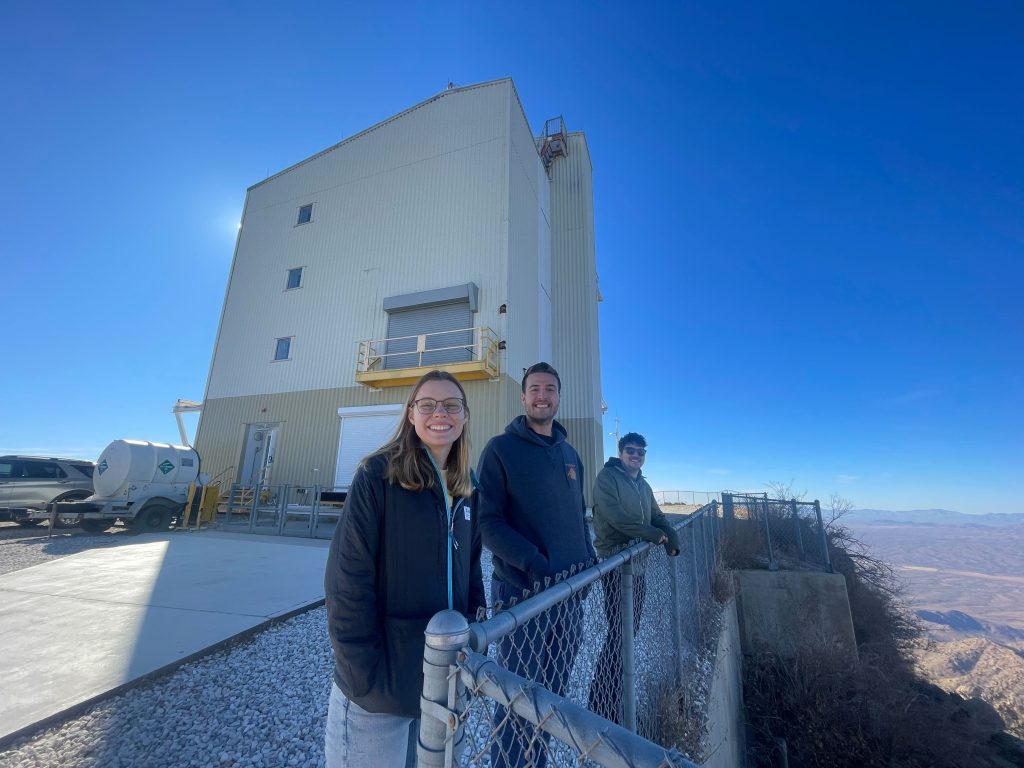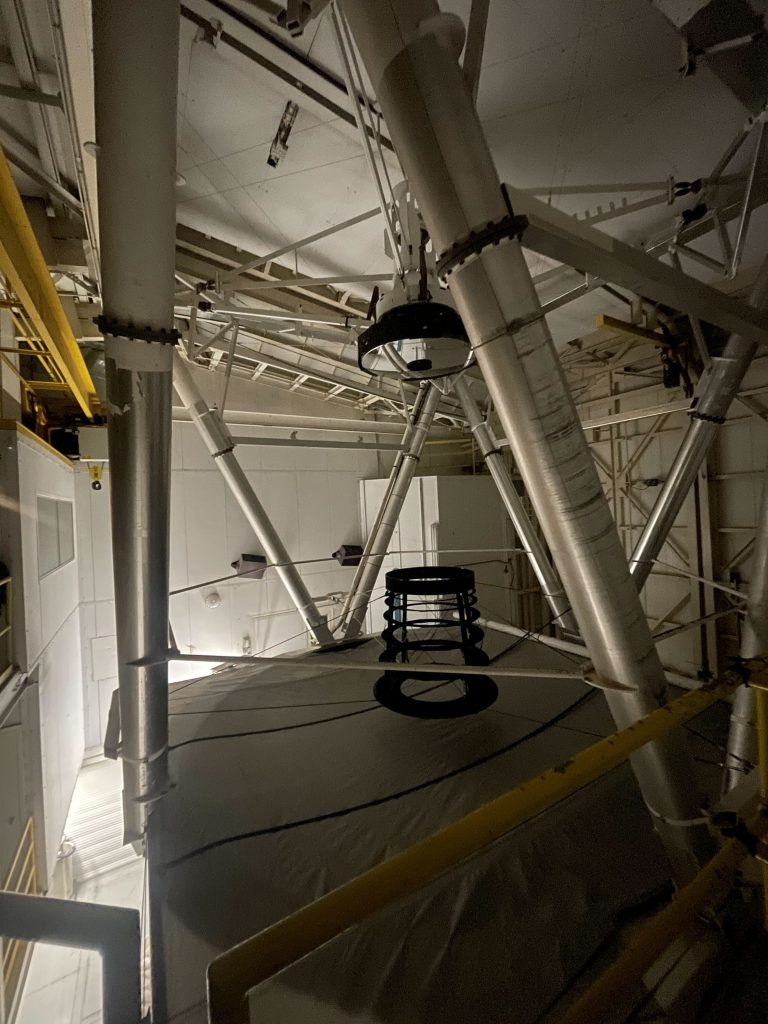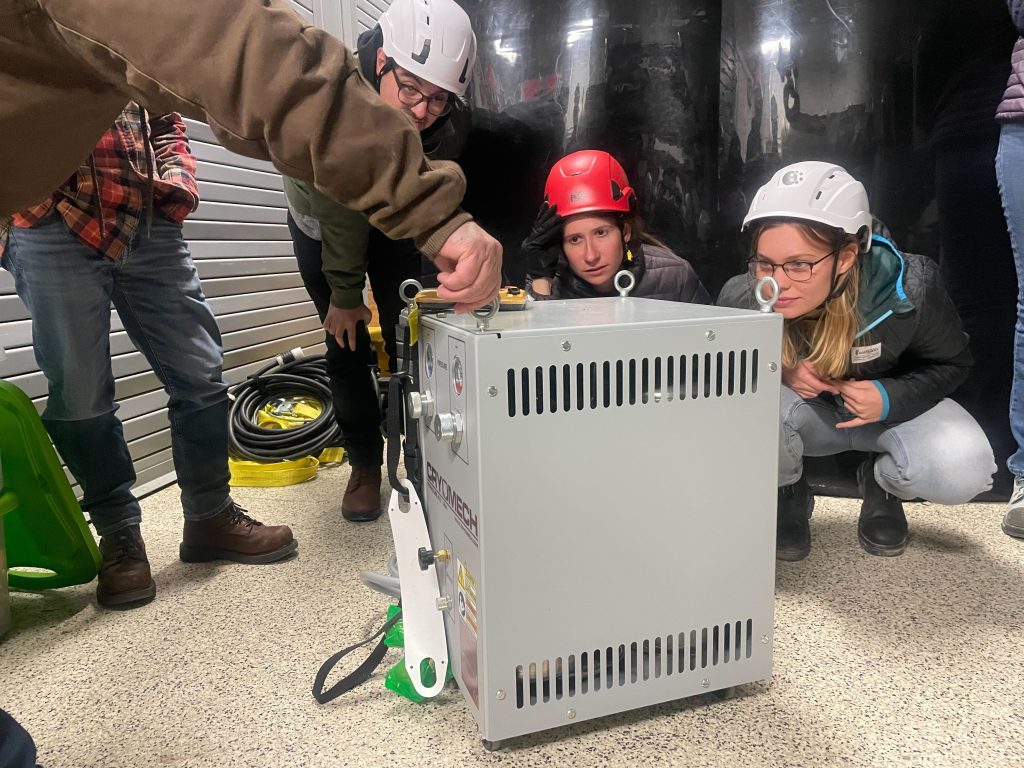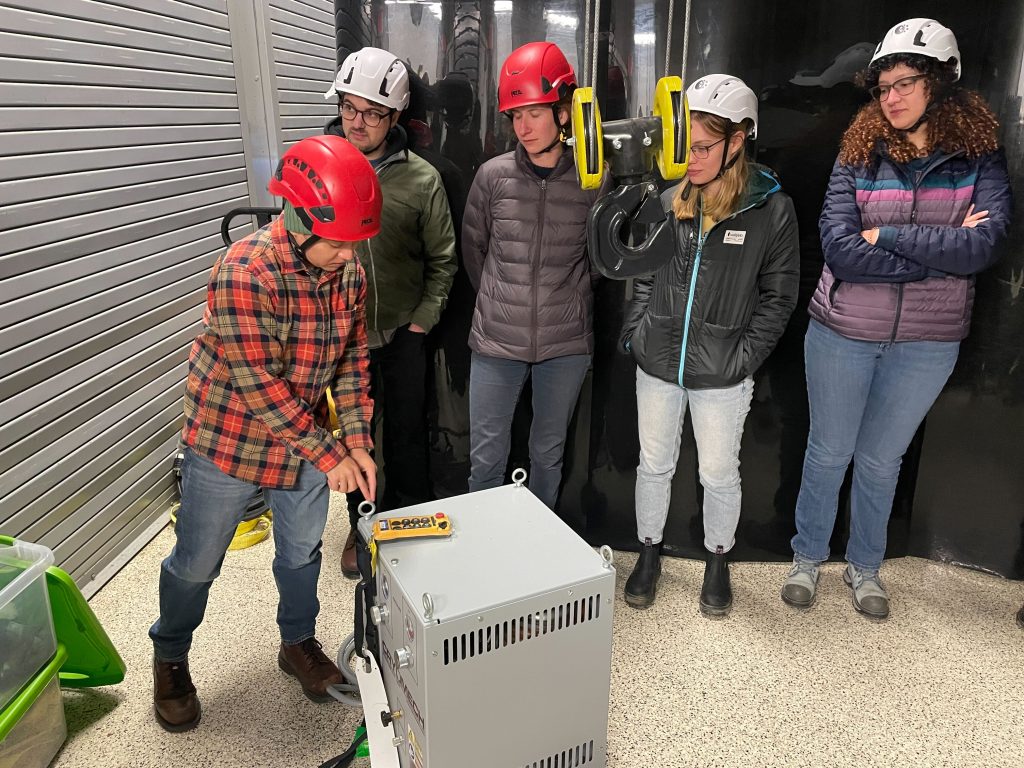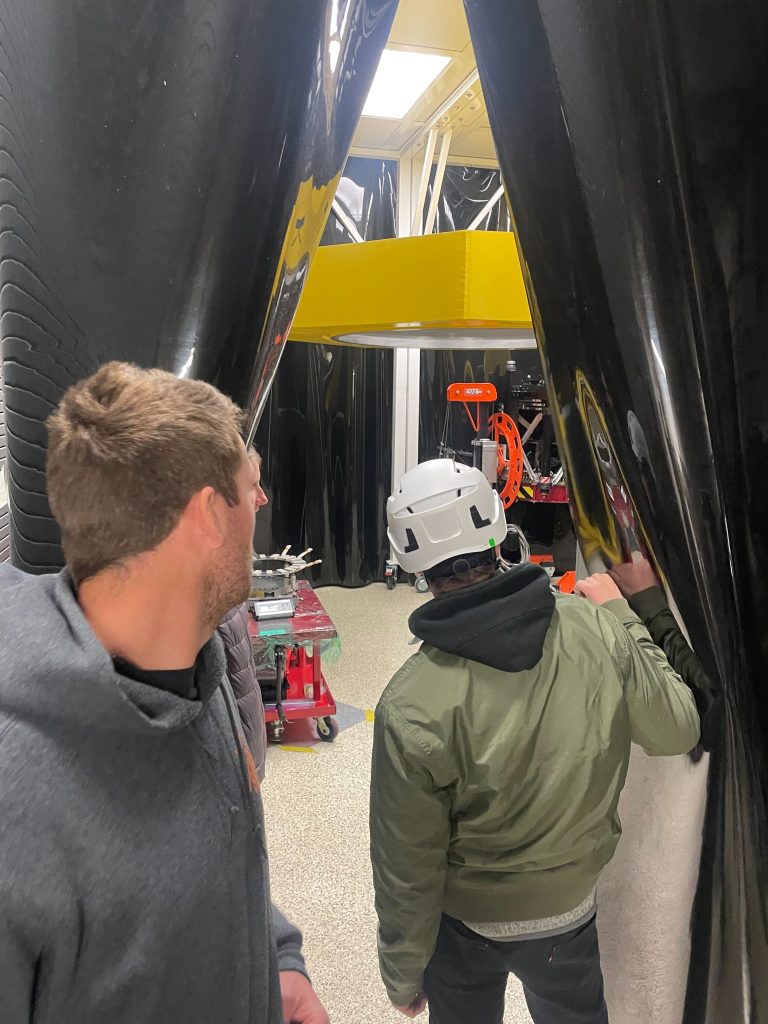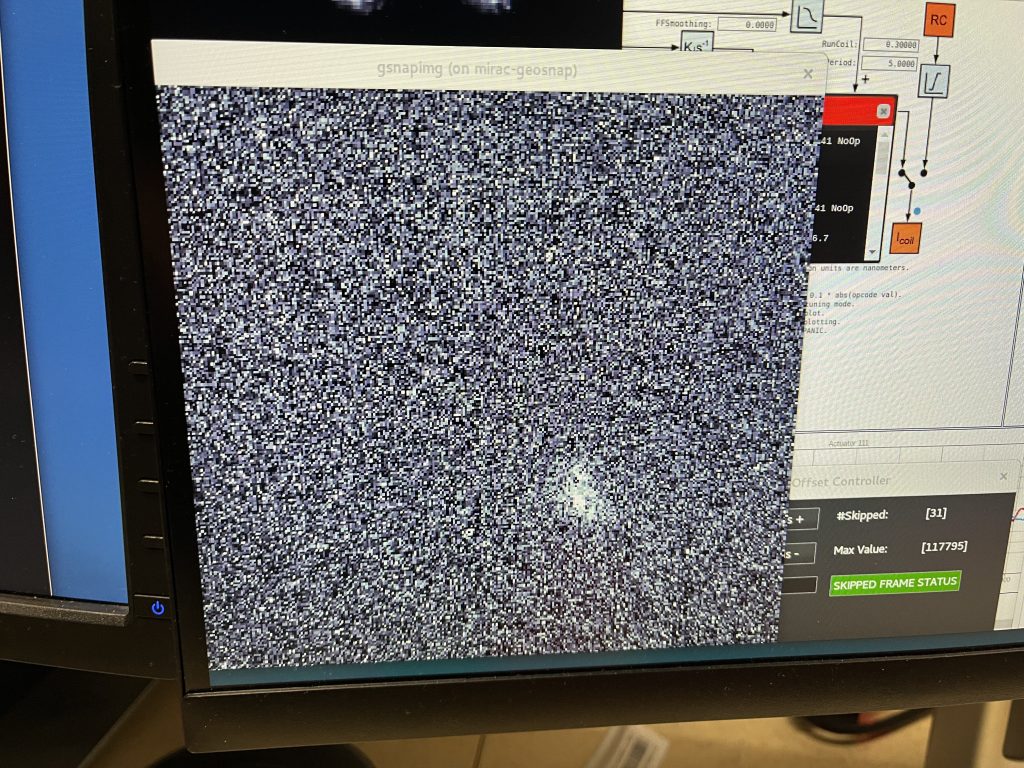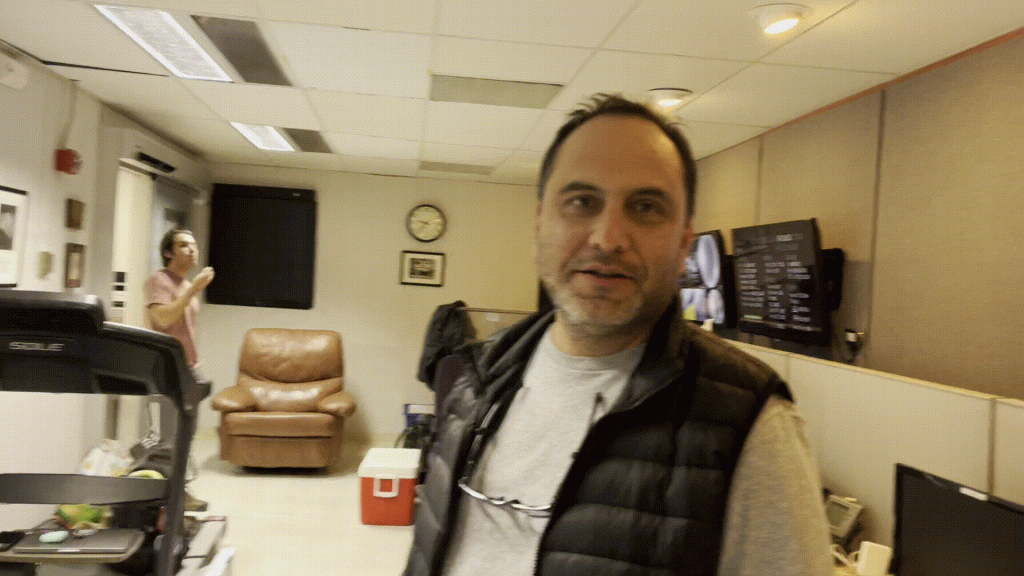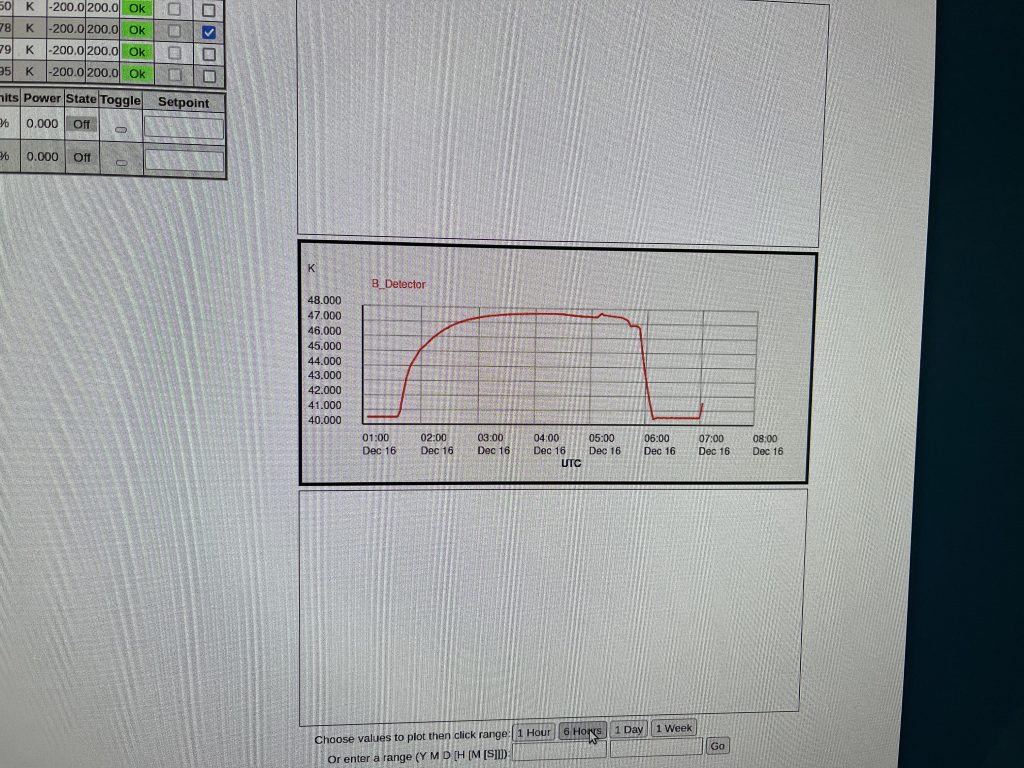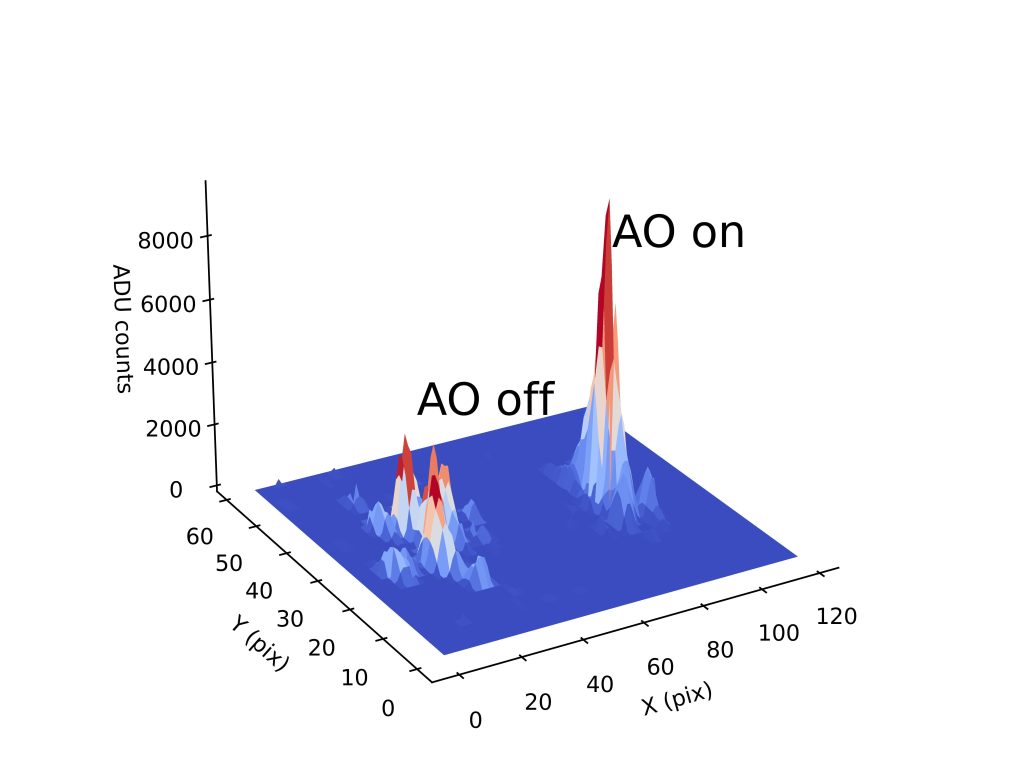As much as I hate to report it, the MAPS crew is once again trapped in a cloud. For a few days now, the forecast has consistently predicted high cloud coverage for all of tonight. To be sure, we performed our own professional survey of the sky at sunset. Yep, those clouds look cloudy, and it seems like they want to stick around with us.
We decided it was best to make ourselves cozy in the dorm common building while waiting for any break in the clouds. Bianca and I took this time to practice AO/CACAO set up . ݁₊ ⊹ remotely. ݁˖ ⊹ ݁. We have ran through this process four times between the two of us so far this run without making any dire mistakes. Amali has trained us well! Additionally, we properly troubleshooted an issue with the visible wavefront sensor camera, which was reporting a frame rate of ~2000 instead of the expected 500.
Unfortunately, there is not a fireplace here. Instead, we turned on all of the “cozy” lights (minus the lamp that had exposed wires in place of prongs on its plug) and a space heater. For some ambient noise, we turned on the tv to the H&I channel. This was not by choice, but the remote wasn’t working. Walker, Texas Ranger (5.7 stars on imdb), featuring Chuck Norris, was playing. I think the cheesy acting and ’90s aesthetic of the show really helped set the vibes for the night.
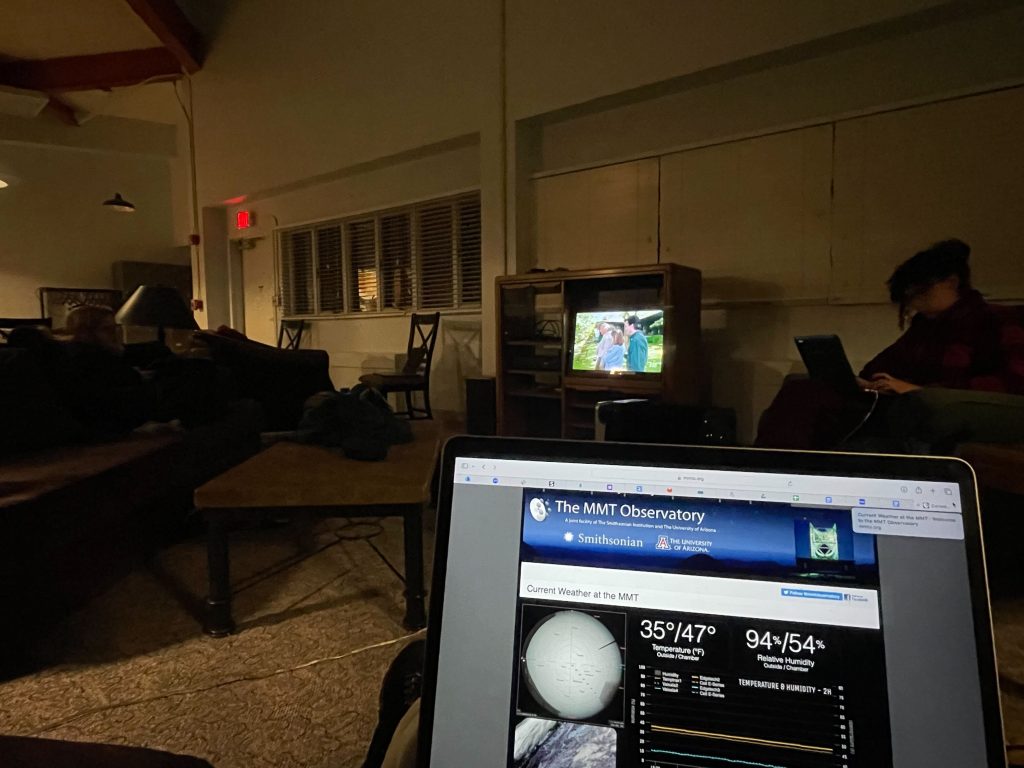
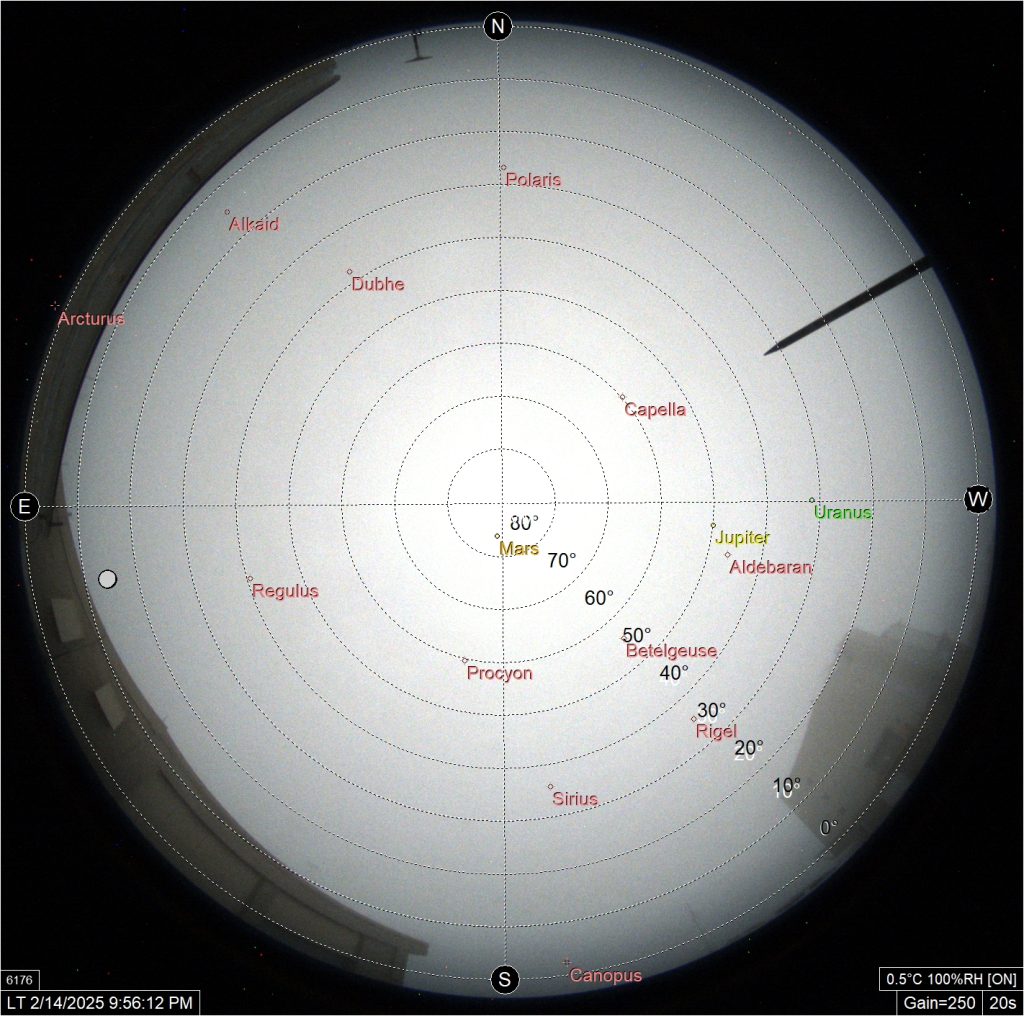
I made a few trips outside throughout the night. The fog that engulfed Mt. Hopkins was quite dense, and I could not see further than five feet in front of me. Around 2 AM, we declared the night to be unobservable.
The song of the night is “Clouds” by One Direction, which is featured on their best album (in my professional opinion): FOUR.
Bonus song because it is February 14th:

